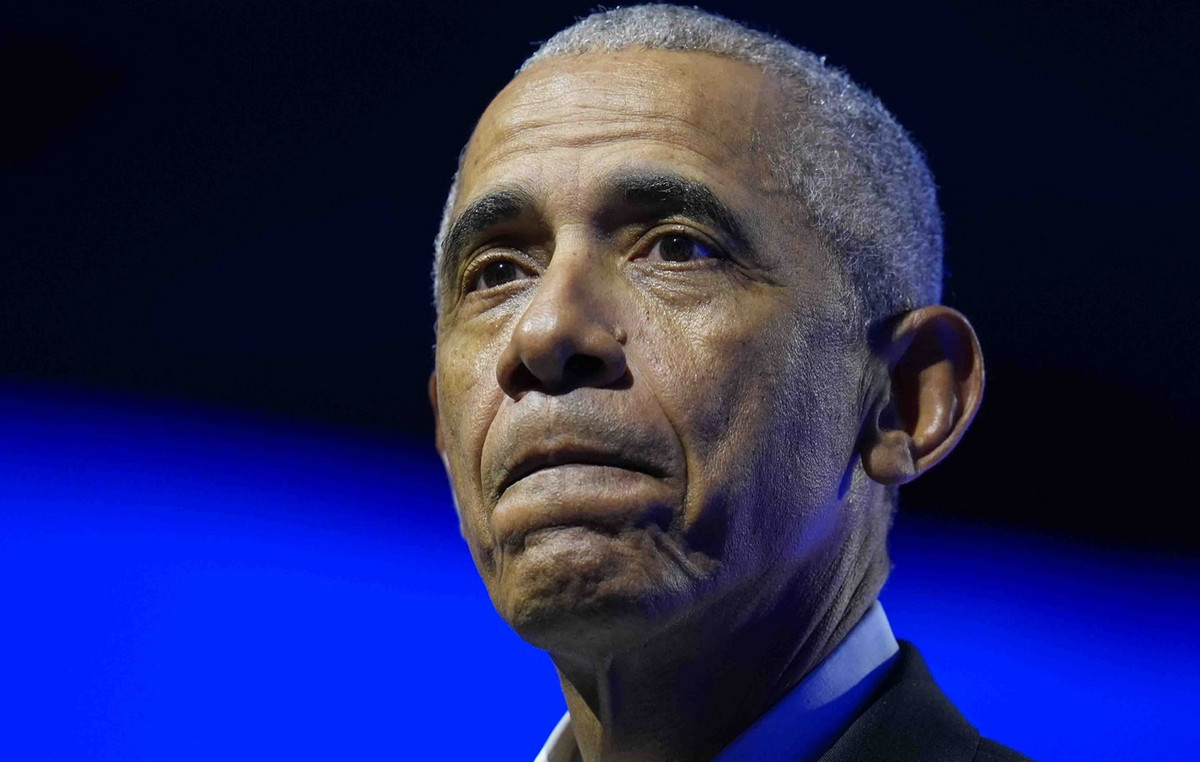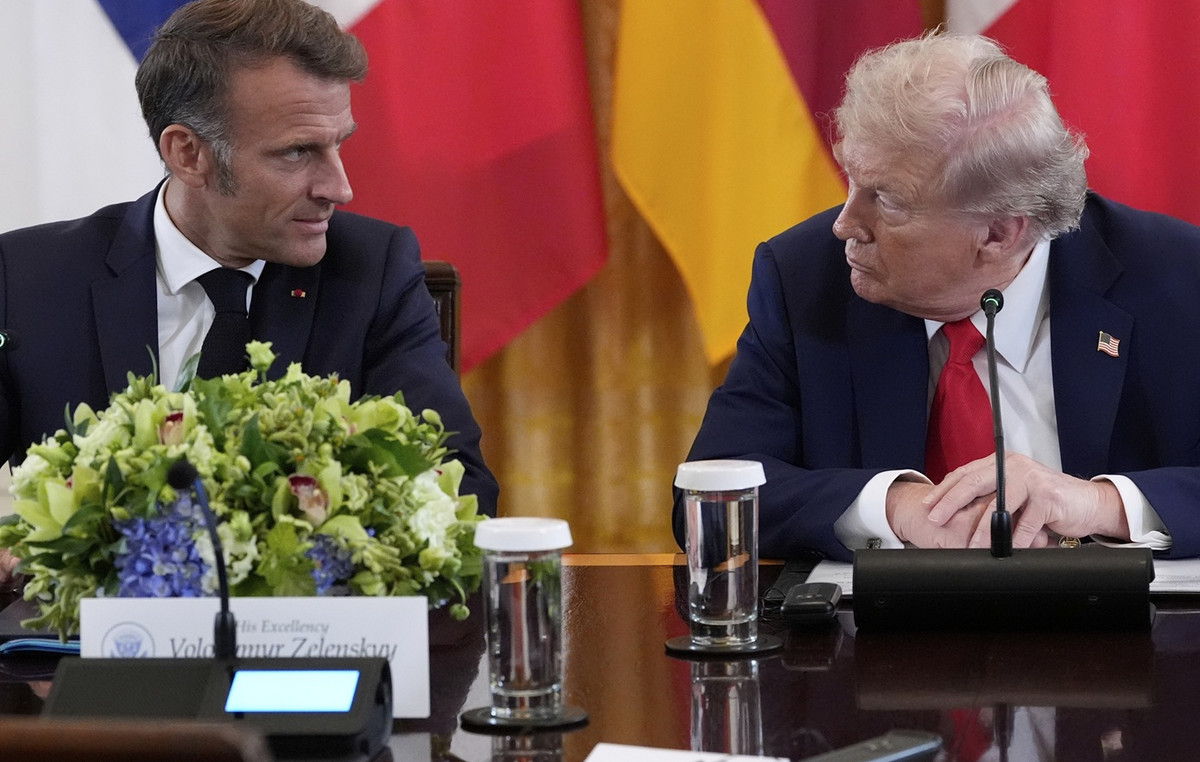- Indian Rupee loses traction in Asian session on Thursday.
- Fears of wider conflicts in the Middle East, renewed demand for the US dollar and higher crude oil prices undermine the INR.
- All eyes will be on the RBI’s MPC interest rate decision on Thursday, with no rate change expected.
The Indian Rupee (INR) weakened on the back of a modest recovery in the US Dollar on Thursday, snapping a two-day winning streak. Escalating geopolitical tensions in the Middle East, increased demand for the US Dollar (USD) from local importers and rising crude oil prices contributed to the INR’s decline. However, significant weakness could prompt intervention by the Reserve Bank of India (RBI) to stabilise the local currency.
The RBI’s Monetary Policy Committee (MPC) meeting will be in focus on Thursday. RBI Governor Shaktikanta Das will announce the interest rate decision on Thursday at 4.30 am GMT. India’s central bank is expected to keep the policy rate on hold at 6.5%. On the US docket, investors will closely watch the weekly initial jobless claims to confirm the slowdown in economic numbers, particularly employment.
Daily Market Movers Roundup: Indian Rupee remains sensitive to global factors
- State-owned banks were offering dollars, probably on behalf of the RBI, but the intervention was not aggressive, said a foreign exchange trader at a large private bank.
- Deutsche Bank AG’s chief India economist Kaushik Das said: “We expect both the repo rate and monetary stance to remain unchanged in the August policy, although we think the stance should shift to neutral.”
- Deloitte India has forecast that India’s economy will grow between 7.0% and 7.2% in the current fiscal year due to strong economic fundamentals and continued domestic policy reforms.
- U.S. officials are confident that a response from Hezbollah and Iran is imminent and the initial assessment predicted an attack earlier in the week, but the latest intelligence showed any response could be delayed until Thursday or Friday, according to Al Arabiya.
- Rate markets have priced in a roughly 83% chance of a 50 basis point (bps) Fed rate cut in September, with two more cuts expected over the remainder of 2024, according to the CME’s FedWatch tool.
Technical Analysis: USD/INR’s positive picture remains intact
The Indian Rupee is trading softer on the day. The chart shows a long-term bullish bias for the USD/INR pair as it remains above the 100-day exponential moving average (EMA) and the uptrend line since June 3. The 14-day Relative Strength Index (RSI) is hovering above the midline near 68.20, suggesting sustained upside strength.
The immediate upside barrier for the pair emerges at the psychological barrier of 84.00. A decisive break above this level could attract enough buying pressure to test the next hurdle at 84.50.
On the bearish side, the initial containment level to watch is the uptrend line around 83.80. If the price breaks below this level, it would signal a more significant drop towards the next support level near the 100-day EMA at 83.50.
Indian Rupee FAQs
The Indian Rupee (INR) is one of the most sensitive currencies to external factors. The price of crude oil (the country relies heavily on imported oil), the value of the US Dollar (most trade is done in US Dollars) and the level of foreign investment are all influential factors. Direct intervention by the Reserve Bank of India (RBI) in the foreign exchange markets to keep the exchange rate stable, as well as the level of interest rates set by the RBI, are other important factors that influence the Rupee.
The Reserve Bank of India (RBI) actively intervenes in the foreign exchange markets to maintain a stable exchange rate and help facilitate trade. In addition, the RBI attempts to keep the inflation rate at its target of 4% by adjusting interest rates. Higher interest rates typically strengthen the Rupee. This is due to the role of the “carry trade,” where investors borrow from countries with lower interest rates to place their money in countries offering relatively higher interest rates and profit from the difference.
Macroeconomic factors that influence the value of the Rupee include inflation, interest rates, economic growth rate (GDP), trade balance, and foreign investment inflows. A higher growth rate can lead to higher overseas investment, increasing demand for the Rupee. A less negative trade balance will eventually lead to a stronger Rupee. Higher interest rates, especially real rates (interest rates minus inflation) are also positive for the Rupee. A risk-off environment can lead to higher foreign direct and indirect investment (FDI and FII) inflows, which also benefit the Rupee.
Higher inflation, particularly if it is comparatively higher than other countries, is generally negative for the currency as it reflects a devaluation through excess supply. Inflation also increases the cost of exports, leading to more rupees being sold to buy foreign imports, which is negative for the Indian Rupee. At the same time, higher inflation usually leads the Reserve Bank of India (RBI) to raise interest rates and this can be positive for the Rupee, due to increased demand from international investors. The opposite effect applies to lower inflation.
Source: Fx Street
I am Joshua Winder, a senior-level journalist and editor at World Stock Market. I specialize in covering news related to the stock market and economic trends. With more than 8 years of experience in this field, I have become an expert in financial reporting.








